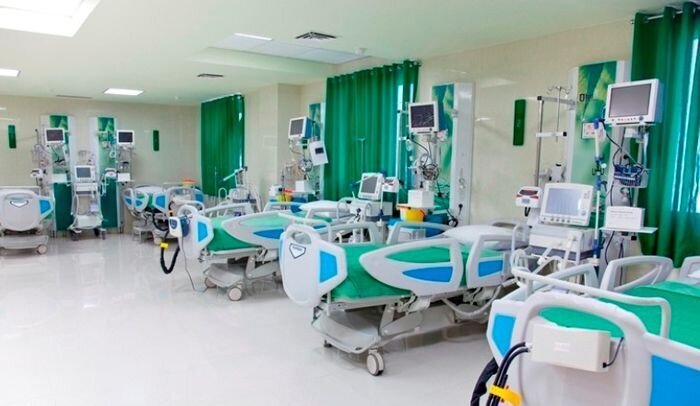Friday 13 January 2023 - 22:23
Story Code : 403319
Some 2,000 health projects to be inaugurated by March
The priority will be given to underprivileged and rural areas, ISNA quoted Amir Saki, an official with the Ministry of Health, as saying.
Improving the infrastructure for providing healthcare services, especially in border areas is among the main goals of the projects, he added.
In the past 20 years, the health indicators of the rural population have grown significantly, Mostafa Rezaei, head of the primary healthcare network of the Ministry of Health, said in October last year.
�For nearly 20 years, we have been providing first-level services to 29 million people in the form of an insurance program for rural areas and cities with less than 20,000 people. These services include service packages for age groups plus services for vulnerable groups,� he explained.
�The good situation we have in rural areas compared to urban areas is people's access to PHC (Primary health care) services. This means that health care and treatment are provided to all villagers and the rural family physician program has been implemented and pursued for almost 20 years.�
Primary health care is provided to rural residents by 31,000 health care providers (called Behvarz) nationwide.
Over six years (1984 to 1990), the PHC system was fully developed throughout the country. In rural areas, Health Houses are established in villages with over 300 residents, which are under the supervision of a rural comprehensive health center.
Each health center takes control of five Health Houses.�Two healthcare providers are providing primary care in each health house, including preventive care, health promotion, screening, and basic medical services for predefined conditions, to an approximate population of 1,100 people.
Currently, 18,000 health centers are providing services to over 20 million villagers nationwide, with 630 health care providers, Rezaei highlighted.
In 2005, Family Physician (FP) program was started, which targeted almost 25,000,000 citizens residing in rural areas, and was piloted in two provinces of Fars and Mazandaran.
Based on the program, a physician and a midwife offer services in rural areas, every 3,300 villagers have a physician and there is a midwife per 5,200 people in villages.
Some screenings and diagnoses regarding the common cancers of men and women are also offered actively and free of charge to the rural community and cities with less than 20,000 people, Rezaei also said.
People living in villages are covered by free insurance and benefit from all service packages without paying, he stated, highlighting that all rural care services are free.
In October 2021, World Health Organization (WHO) representative to Iran Jaffar Hussain, said that Iran's health system can be a model for other countries in the region, especially in the field of health and the use of valuable forces such as healthcare providers.
They have also played an effective role in improving life expectancy, reducing the death of pregnant women, improving the health status and disease index in the last 40 years, etc.
The World Health Organization believes that the improvement of health indicators in the villages of Iran and the reduction of the gap between the health indicators in rural and urban areas are due to the activity of health care providers.
By TEHRAN TIMES�
# Tags











